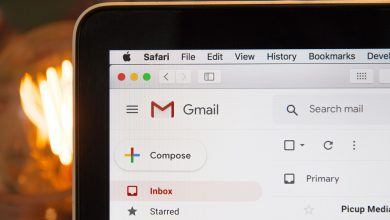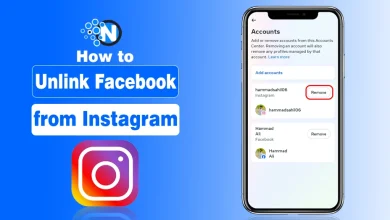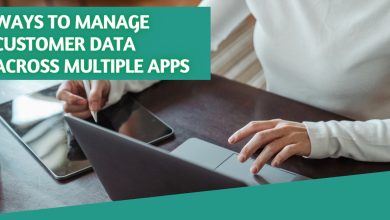Social Media Image Sizes for Every Network
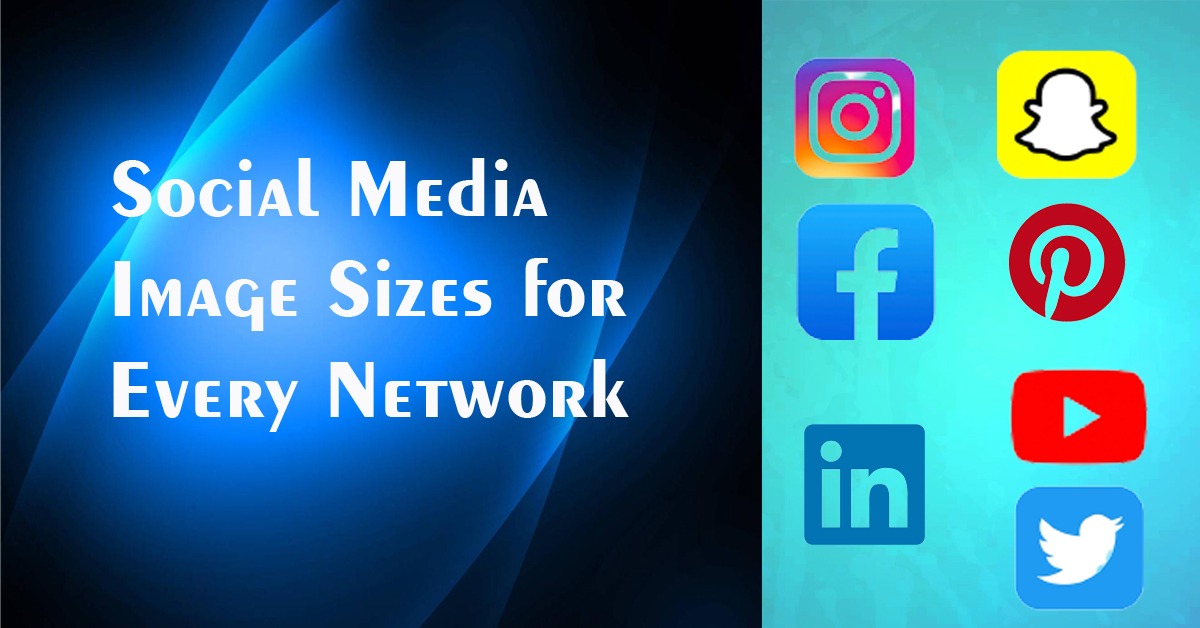
As a business or individual, you want your photos and videos to look their best when you share them on social media. But with so many different social networks, it can be hard to keep track of all the different photo sizes. And if you don’t, your images could end up looking distorted or even getting cropped.
To save you the hassle, we’ve put together a handy guide with all the social media image sizes you need. This guide is constantly updated so you can be sure you’re always using the most current image sizes for each social network.
So whether you’re planning to share photos on Facebook, Instagram, Twitter, LinkedIn, Pinterest, or YouTube, we’ve got you covered.
Social Media Image Sizes for Every Network
Instagram Image Sizes:
When it comes to posting images on Instagram, it’s important to know the right Instagram picture size for each type of post. If you want to avoid having your images cropped or stretched, make sure to use the following photo sizes for your posts:
For square images:
- Profile photo: 110 x 110 pixels
- Photo thumbnail: 48 x 48 pixels
- Photos in feed: 500 x 500 pixels
- Stories: 1080 x 1920 pixels
For vertical images:
- Profile photo: 110 x 162 pixels
- Photo thumbnail: 48 x 48 pixels
- Photos in feed: 500 x 750 pixels
- Stories: 1080 x 1920 pixels
For horizontal images:
- Profile photo: 110 x 110 pixels
- Photo thumbnail: 48 x 48 pixels
- Photos in feed: 500 x 375 pixels
- Stories: 1080
Facebook Image Sizes:
As a business owner, you know the importance of using high-quality images on your website and social media pages. Images can help you attract attention and communicate your message more effectively. But with all the different photo sizes out there, it’s hard to know which ones to use.
When it comes to Facebook, there are a few different image sizes you should keep in mind. The cover photo is the large image at the top of your profile page, and it should be at least 400 pixels wide and 150 pixels tall. For your profile picture, you’ll want to use a square image that’s at least 180 pixels wide. And finally, for shared photos and links, the image should be at least 1200 pixels wide.
By using the correct image sizes, you can help make sure your images look their best on Facebook.
X Image Sizes:
As a business, X is a great way to connect with customers and promote your brand. But in order to make the most of this social media platform, it’s important to understand the different image sizes for X.
The recommended image sizes for X are as follows:
- Profile image: 400×400 pixels
- Header image: 1500×500 pixels
- In-stream photo: 440×220 pixels
By using images that are the correct size, you can ensure that your business looks professional and put together on X. So take some time to adjust your images to the correct sizes before you start tweeting.
YouTube Image Sizes:
As a business, you need to make sure your YouTube presence is professional and on brand. That means creating high-quality videos that are properly sized for YouTube.
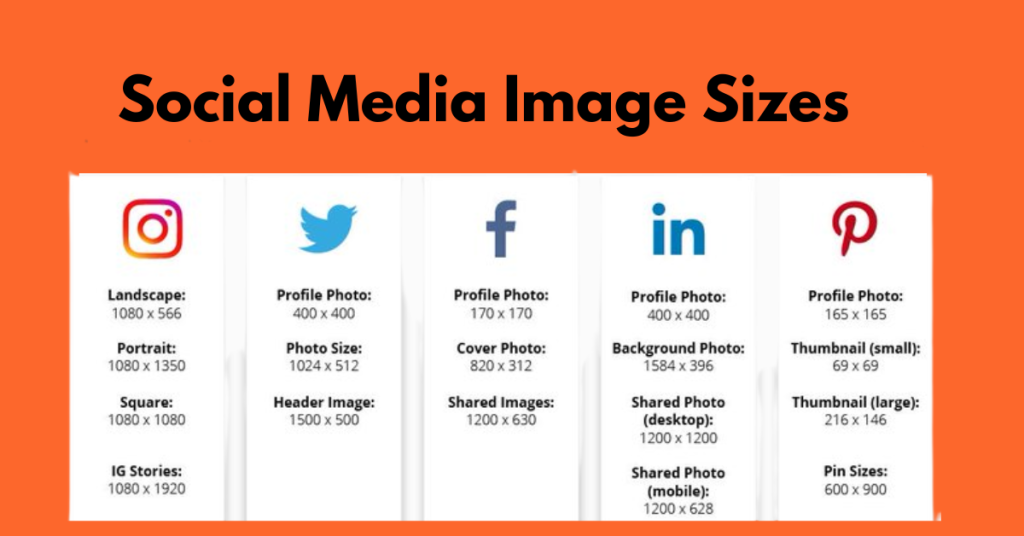
The ideal YouTube photo size is 1280×720 pixels, with a minimum size of 640×360 pixels. That’s the aspect ratio of 16:9, which is the standard for HD video. If you want to upload a video that’s already in HD, you can do so. YouTube also supports 4K video, which has a resolution of 3840×2160 pixels.
Remember, your goal is to create videos that look good on YouTube and represent your brand well. So take the time to ensure your videos are the right size and of the highest quality possible.
LinkedIn Image Sizes:
In order to maximize your profile’s potential, it’s important to understand the various LinkedIn image sizes. By understanding the different sizes, you can tailor your images to fit the specific dimensions and ensure that your profile looks its best.
Your profile photo is the first image that people will see when they visit your profile, so it’s important to make a good impression. Your profile photo should be a close-up headshot that is clear and professional. The recommended LinkedIn profile photo size is 400×400 pixels.
Your cover photo is the second image that people will see on your profile. Your cover photo should be a wide-shot image that shows you in a professional setting. The recommended LinkedIn cover photo size is 1584×396 pixels.
Pinterest Image Sizes:
As a visual platform, Pinterest is all about high-quality images. To make sure your pins stand out and look their best, it’s important to use images that are the right size.
The ideal size for a Pinterest image is 735×1102 pixels. This size ensures that your image is large enough to be seen on a desktop screen, but not so large that it takes up the entire screen.
Keep in mind that you don’t have to use this exact size for your images, you can use images that are slightly smaller or larger and they will still look good on Pinterest. However, if you use images that are too small, they may appear blurry or pixelated, and if you use images that are too large, they may be cut off on some screens.
Snapchat Image Sizes:
Snapchat is a popular social media platform that allows users to share photos and videos with their friends. One of the best things about Snapchat is that you can control who sees your content and for how long. This makes it a great platform for sharing photos and videos that you don’t want to be public.
However, before you can share any content on Snapchat, you need to know the correct photo sizes. Otherwise, your content may be cropped or look stretched.
Conclusion:
As a business or individual, you want your photos and videos to look their best when you share them on social media. But with so many different social media image sizes, it can be hard to keep track of all the different photo sizes. And if you don’t, your images could end up looking distorted or even getting cropped.


